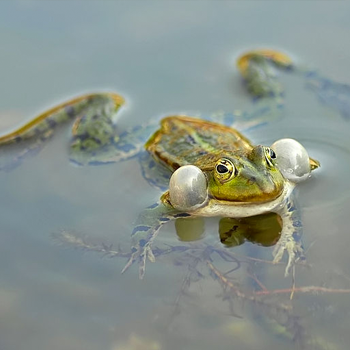How does embryology prove evolution?
2 Answers
Actually embryology does not prove evolution.
Explanation:
Haeckel's drawings of vertebrate embryos were considered to be some of the strongest evidence for Darwinian evolution. This drawing are found in many biology textbooks.
However biologists have know for over 100 years that Haeckel faked his drawings. Perhapshe Haeckel's belief in descent through modification affected what Haeckel actually thought he saw. Or worst Haeckel wanted others to belief in Darwin's theory so badly he deliberately faked his drawings.
Haeckel claimed that embryos ( ontogeny ) recapitulated descent through modification (phylogeny) so that the history of life could be seen in the development of the embryo. This is sometimes called Haeckel's biogenetic law.
The earliest forms of the development of the embryos shows the most difference. Darwin's theory predicts that the earliest forms should be the most similar.
In 1997 Michael Richardson of England took a series of actual photographs of the embryos and compared them to Haeckel's drawings. This photographs clearly show that Haeckel's drawings misrepresent the truth. Science 05 sept 1997 issue 6331 page 1435
Though embryology has been used for 100s of years to support Darwinian evolution the most recent evidence (1997) shows that actual evidence does not support Darwinian evolution.
Embryology proves our modern theory of evolution. See the explanation for a more detailed response.
Explanation:
From what I've learned in biology, embryology proves our modern theory of evolution by the similar structures found in embryos. The greater the similarity in structure, the more closely related the species are and the more recent their common ancestor is. See the diagram below.
This shows the development of various animals in the first, second, and third trimester of pregnancy. As you can see, they all start out looking very similar, then develop to look different.
This, to me, works like bone structure. Bone structure homology is another proof for evolution, and shows that a lot of animals have the same bone structure, and therefore derrived from a common ancestor. See the diagram below
Again, all have the same structure, but we evolved over time to use the structures differently and therefore the sizes of certain parts changes, like in the embryo example.

